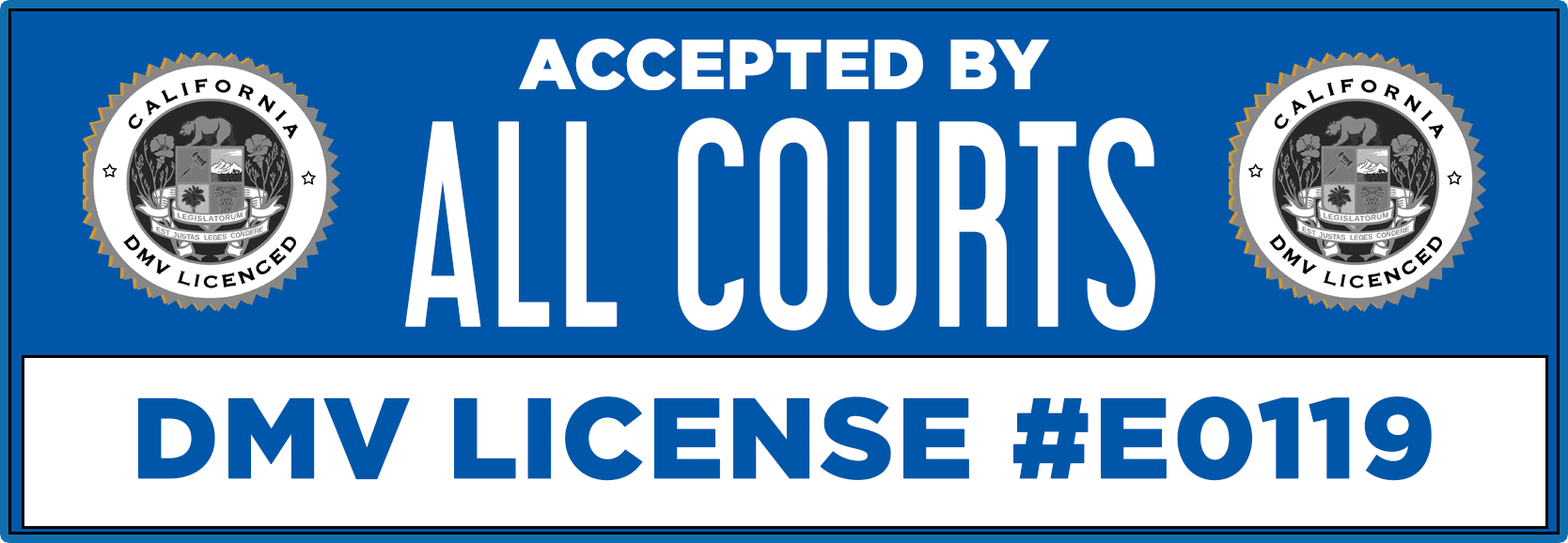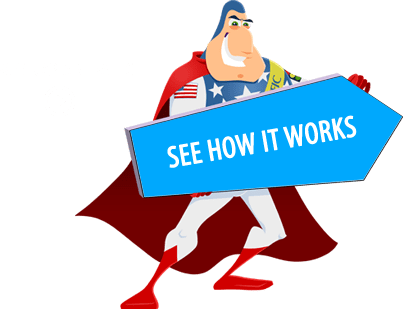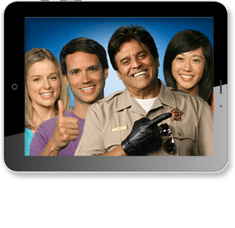Top Driving Distractions EVER!
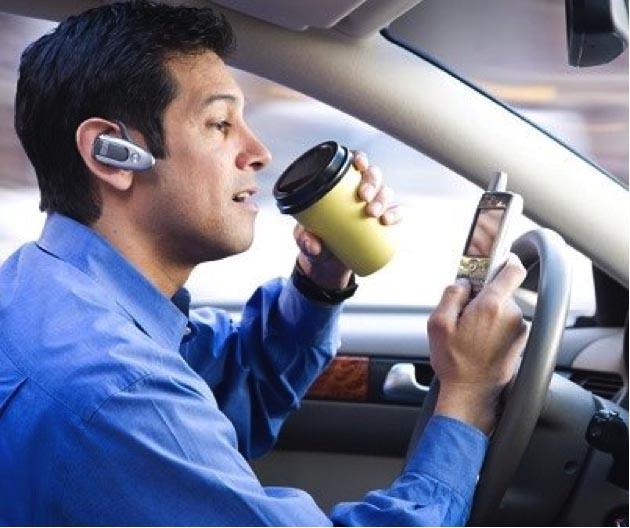
Distracted drivers are quietly causing a staggering amount of serious collisions. Here are some common driver distractions:
- Talking on a cell phone
- Sending text messages
- Reaching for a moving object inside the vehicle
- Looking at an object or event outside of the vehicle
- Reading
- Eating food
- Applying makeup.
- In order to safely drive a car, you must give the road your full attention. Drivers that divert their awareness, whether it’s to talk on their cell phone or send text messages, they risk the lives of the other drivers on the road. Distracted driving is especially dangerous because, whereas drunk driving usually occurs at night, collisions caused by distracted drivers can happen all day. It’s a scary thought.
- When you think about your actions in a car, other than just driving, you can see that they often involve more than one type of distraction. For instance, if you change your radio station, not only do you take your hand off the steering wheel to press a button, but you also take your eyes off the road to look at what button you want to press. Also, drivers who engage more frequently in distracted driving are more likely to be involved in a collision or near-crash.
Driving is a skill that requires your full attention to safely control your vehicle and respond to events happening on the roads around you. Driving involves constant and complex coordination between your mind and body. Events or things that prevent you from operating your car safely are distractions. There are three types of distractions and they are anything that takes your:
- eyes off the road (visual).
- mind off the road (cognitive).
- hands off the steering wheel (manual).
When you think about the actions you make in your vehicle, other than just driving, you can see that they often involve more than one type of distraction. For instance, if you change your radio station, you take a hand off the steering wheel to press a button, and take your eyes off the road to look at what button you want to press.
Driver distractions are the leading cause of most vehicle crashes and near-crashes. According to a study released by the National Highway Traffic Safety Administration (NHTSA) and the Virginia Tech Transportation Institute (VTTI), 80% of crashes and 65% of near-crashes involve some form of driver distraction. The distraction occurred within three seconds before the vehicle crash!
According to the NHTSA and VTTI study, the principal actions that cause distracted driving and lead to vehicle crashes are:
- cell phone use.
- reaching for a moving object inside the vehicle.
- looking at an object or event outside of the vehicle.
- reading.
- applying makeup.
Drivers who engage more frequently in distracted driving are more likely to be involved in a vehicle crash or near-crash.
In 2009, there were 30,797 fatal crashes in the United States, which involved 45,230 drivers. In those crashes, 33,808 people were killed. Distraction was reported for 11 percent (5,084) of the drivers involved in fatal crashes. In these crashes reported to have involved some form of distraction, 5,474 fatalities (16% of overall fatalities) occurred. (NHTSA)
“Dial D” for Disaster
Cell phone use has become so popular these days that many times we don’t realize when, where, and how often we are utilizing our “cellular telephones.” Cell phone use while driving has increased so significantly within the last few years that at any typical daytime moment, as many as 10% of drivers are using either a hand-held or hands-free phone.
Studies have shown that driving performance is lowered and the level of distraction is higher for drivers who are heavily engaged in cell phone conversations. The use of a hands-free device does not lower distraction levels. The percentage of vehicle crashes and near-crashes attributed to dialing is nearly identical to the number associated with talking or listening.
Make and finish your cell phone calls before you start your vehicle and drive. If your phone rings while you are driving, let your voicemail pick up the call. If you must answer your phone, pull over to a safe location and park before using your cell phone. However if you are on the freeway, you must exit the freeway first. Then pull over to a safe location, stop and park to use your cellular phone. This is the safest precaution you can take.
New cell phone laws took effect July 1, 2008 in California. Drivers age 18 and over may use hands-free devices while driving. Drivers under the age of 18 may not use any type of hand-held or hands-free wireless phone while driving.
Here are some guidelines for cell phone safety:
- If you are under the age of 18, you cannot use a cell phone while driving. Even if you have a hands-free device available, it is against the law for you to use a cell phone while operating a motor vehicle.
- Pull over to the side of the road to use your cellular telephone. However if you are on the freeway, you must exit the freeway first, then pull over and stop to use your cellular phone. This is the safest precaution you can take.
- Know your cellular telephone. Get to know your phone and its many features such as speed dial and redial. Take advantage of these features so you won’t take your attention off of the road.
- Use hand free devices. You must use a hands free device as it is required by law. Two hands on the steering wheel are always safer than one.
- Your phone should be within easy reach. If your phone is within reach you can grab it without taking your eyes off of the road.
- Don’t use the telephone during hazardous conditions. If your driving conditions are hazardous (heavy traffic, hazardous weather conditions, etc.), tell the person you are talking to that you are driving and will call back. Remember, your first responsibility is to pay attention to the road.
- Pay attention to the road. While you are driving, don’t take notes or look up phone numbers and especially NO TEXTING. It is against the law to text and drive. If you are busy doing things, you are not paying attention to your driving.
- Be sensible about dialing. If possible, place your calls when you are not moving or before pulling into traffic. However, if you need to dial while driving, dial only a few numbers at a time and check traffic and your mirrors in between. Then continue dialing.
- Don’t engage in distracting conversations. Stressful or emotional conversations don’t mix with safe driving. This combination can be dangerous because you are not paying attention to your driving. Tell the person you are talking with that you are driving and will call back. Be safe!
- Use your phone to call for help. Dial 9-1-1 for emergency help. This is a free call on your cellular phone. For other non-emergency situations (broken-down vehicle, broken traffic signal, etc.), call roadside assistance or other special non-emergency wireless number.
If you look over at the driver next to you and you see that they have a cell phone, make sure you increase the distance between his/her car and yours. Cell phone users can react erratically, from inattention or distraction.
He or she may react to your braking signal slowly, and can easily rear-end your car. If possible, brake mildly, or move into the other lane instead of braking.
CVC Section 23123 – Cell Phones
Prohibits a person from driving a vehicle while using a wireless telephone unless the person uses a system that allows hands-free listening and speaking.
CVC sections 23124
This law prohibits a person who is under the age of 18 years from operating a motor vehicle while using a wireless telephone, even when equipped with a hands-free device, or while using a mobile service device. The law provides an exemption for the use of wireless telephones or mobile service devices for emergency purposes.
(a) This section applies to a person under the age of 18 years.
(b) Notwithstanding Section 23123, a person described in subdivision (a) shall not drive a motor vehicle while using a wireless telephone, even if equipped with a handsfree device, or while using a mobile service device.
(c) A violation of this section is an infraction punishable by a base fine of twenty dollars ($20) for a first offense and fifty dollars ($50) for each subsequent offense.
(d) A law enforcement officer shall not stop a vehicle for the sole purpose of determining whether the driver is violating subdivision (b).
(e) Subdivision (d) does not prohibit a law enforcement officer from stopping a vehicle for a violation of section 23123.
(f) This section does not apply to a person using a wireless telephone or mobile service device for emergency purposes, including, but not limited to, an emergency call to a law enforcement agency, health care provider, fire department, or other emergency services agency or entity.
(g) For the purposes of this section, “mobile service device” includes, but is not limited to, a broadbrand personal communication device, specialized mobile radio device, handheld device or laptop computer with mobile data access, pager, and two-way messaging device.
No text Law
CVC section 23123.5 Writing, sending, or reading a text-based communication while driving is against the law for all drivers in California. This law applies to electronic wireless communications devices used to manually communicate with any person using text-based communication, including, but not limited to, communications referred to as a text message, instant message, or electronic mail. Violating this law is punishable by a base fine of $20 for a first offense and $50 for each subsequent offense. With the addition of penalty assessments, fines can be more than triple the base fine amount.
If you are eating in your vehicle while driving, you are focusing on your food and not on your driving. You are not only chewing and swallowing; you are also opening packages, unwrapping and re-wrapping food, reaching, leaning, spilling, wiping, and cleaning yourself or your vehicle. These are quite a number of distractions for one driver on one trip. You are safer when you stop to eat or drink. Allow yourself plenty of time to stop, rest from driving, and enjoy your meal.
As mentioned previously, a staggering 80% of all car accidents and 65% of near misses are caused by some form of driver distraction within three seconds before the crash. One of those distractions are that drivers are more focused on their burgers than the road.
“Distractions like eating can become a problem for drivers who can’t react quickly to a sharp curve,” according to a study by the National Highway Traffic Safety Administration.
In addition to burgers, the study has ranked the worst foods to eat behind the wheel based on a survey of drivers.
When you enroll in a traffic school program, you will learn about the topics mentioned above and more. A motor vehicle can be a safe mode of transportation, or it can be a very dangerous weapon. If you want to learn how to increase the chances of making it to your destination in one piece, complete our traffic school online today. The program is ComedyTrafficSchool.com. Take online traffic school the fun way with our award winning course. Our traffic school course is the perfect choice for anyone who recently received a traffic ticket; keep points masked from your driving record,, your auto insurance rates low and become a better, safer driver!
